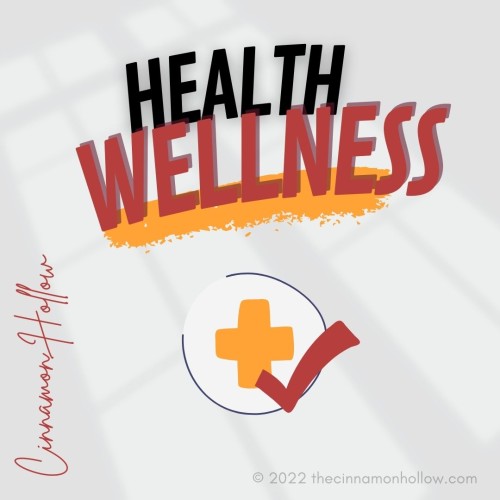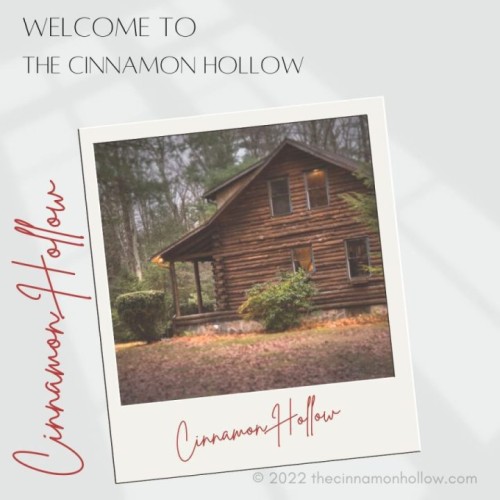- Introduction to Modern Senior Living
- The Evolution of Senior Living Communities
- Key Features of Modern Senior Living Facilities
- Health and Wellness Initiatives
- Social Activities and Community Engagement
- Essential Things to Keep in Mind When Selecting a Senior Living Facility
- Financial Planning for Senior Living
- Future Trends in Senior Living
Discover the contemporary approach to senior living, prioritizing independence, community, and tailored care. Emphasizing active lifestyles, diverse amenities, and personalized support, this model fosters well-being and social engagement. Integrating technology and holistic wellness redefines aging, offering seniors enriched lives and fulfilling experiences in vibrant communities.
Introduction to Modern Senior Living
Modern senior living has evolved significantly over the past few decades, offering more than just a place to stay for older adults. Senior living facilities prioritize providing residents a vibrant way of life that improves their overall health and quality of life by offering customized care plans and luxurious amenities. It’s all about creating an environment where seniors can live independently and actively while feeling supported and engaged.
For those exploring senior independent living options, it’s crucial to understand the diverse offerings available today. These communities are built with a comprehensive approach to senior care, offering everything from opulent facilities to specialized health and wellness programs to lively social events. Residents now actively participate in a community that appreciates their independence and contributions rather than only receiving care.
The Evolution of Senior Living Communities
The concept of senior living has seen a tremendous transformation over the years. Initially, senior living facilities were more about providing primary care and housing for older people. However, today’s senior living communities are comprehensive, offering various services and amenities that promote independence and social interaction. According to Forbes, the demand for these modern facilities is expected to grow as the population ages, driven by the baby boomer generation seeking vibrant and active lifestyles during their retirement years.
Senior living now encompasses various accommodations, from independent living to memory care units, ensuring a suitable option for everyone. The transition to more inclusive and engaging settings demonstrates a broader recognition of the significance of establishing supportive and enriching spaces for elderly individuals. This evolution underscores the need for facilities that meet seniors’ medical and physical needs and cater to their social, emotional, and intellectual well-being.
Key Features of Modern Senior Living Facilities
- Resort-style amenities
- On-site healthcare services
- Personalized care plans
- Accessible living environments
Modern senior living facilities offer an extensive range of amenities that resemble those of high-end resorts. With spas, fine dining, fitness centers, and exquisitely designed gardens, residents can lead opulent and rewarding lives. These facilities aim to provide a living experience that is not just comfortable but also enriching and enjoyable.
On-site healthcare services are another critical feature. Many senior living communities offer access to medical professionals, regular health check-ups, and emergency care. This ensures that residents receive timely medical attention without the need to travel. Personalized care plans tailored to individual needs further enhance the quality of life, addressing specific health conditions and personal preferences. To be current and valuable, these plans undergo frequent reviews and updates.
Accessible living environments that accommodate seniors’ physical needs are crucial in modern living. From wheelchair-accessible facilities to senior-friendly furniture and fixtures, every aspect is designed to make life easier and safer for residents.
Health and Wellness Initiatives
Health and wellness are at the core of modern senior living. From fitness centers to wellness programs, these communities offer numerous initiatives to keep residents healthy and active. Many facilities provide access to state-of-the-art gyms, personalized fitness plans, and preventive healthcare services, including regular check-ups and health monitoring. These initiatives are geared towards maintaining and improving the physical health of residents, ensuring they can lead active and independent lives.
Moreover, wellness programs often include yoga, meditation, and nutrition counseling. These programs aim to foster physical and mental well-being. Yoga and meditation sessions, for instance, help improve flexibility, balance, and mental clarity, while nutrition counseling ensures residents eat balanced diets that meet their specific health needs. These programs demonstrate a dedication to a mind-body-spirit holistic approach to health.
Social Activities and Community Engagement
One key aspect of senior living communities is the focus on social activities and community engagement. Being involved in social activities is necessary for good mental and emotional health. Senior living facilities often organize events, clubs, and group activities to foster community among residents. These activities provide opportunities for residents to build friendships, pursue hobbies, and stay mentally stimulated.
From book clubs, art classes, and gardening to group outings, movie nights, and holiday celebrations, there’s always something happening to keep residents engaged and connected. These activities are designed to suit various interests and skills, guaranteeing that each resident can discover something that pleases them. Developing robust social connections within these communities can significantly improve the well-being of older individuals, lessening sensations of solitude and seclusion while fostering feelings of belonging and joy.
Essential Things to Keep in Mind When Selecting a Senior Living Facility
- Location and proximity to family
- Availability of medical care and emergency services
- Range of amenities and services
- Cost and financial options
- Reputation and reviews
Choosing a suitable senior living facility involves several crucial factors. Proximity to family members is often a top priority, as it allows for regular visits and support from loved ones. Being close to family can provide emotional comfort and a more robust support network.
Another critical consideration is the facility’s availability of medical care and emergency services. It’s essential to ensure that the facility can handle medical emergencies promptly and that regular healthcare services are readily accessible.
Evaluating the range of amenities and services offered is also essential. A facility with diverse amenities like fitness centers, swimming pools, and organized activities can provide a more enriching living experience. Specialized treatments, including physical therapy or memory care, are also offered by many facilities; these may be required based on each person’s unique medical requirements. Senior living expenses might differ significantly, so it’s critical to comprehend the possibilities and financial ramifications. Some facilities offer flexible payment plans, while others might accept long-term care insurance or provide information on government assistance programs.
Lastly, learning about the standing and evaluations of possible facilities can give you essential information about the standard of care and general satisfaction of the residents. You can gain personal insight into what to expect by speaking with current residents and their families.
Financial Planning for Senior Living
Comprehending the expenses linked to senior life is vital for proficient financial planning. Prices differ significantly depending on the location, amenities, and degree of care needed. Examining the different payment and financial aid options is essential. AARP provides insightful information on managing the cost of senior living, including insurance coverage and government assistance programs.
Considering long-term care insurance can be a helpful way to manage costs. These policies can cover various types of care, including assisted living and home care, alleviating some financial burdens. Additionally, some facilities offer flexible payment plans that can spread the cost over time, making it more manageable.
Another avenue worth considering is exploring government assistance programs, such as Medicaid or veterans’ benefits. Eligible individuals may receive substantial financial help through these services. A financial advisor may ensure that all choices are considered when developing plans to keep senior living as affordable as possible.
Future Trends in Senior Living
The future of senior living is bright, focusing more on individualized care and technology breakthroughs. Innovations such as smart home technology, telemedicine, and AI-driven health monitoring are expected to become standard features in senior living communities. Thanks to increased convenience, safety, and individualized care, these technologies can improve residents’ quality of life.
Smart home technology, for instance, can include automated lighting, voice-activated assistants, and intelligent security systems, making daily life easier and safer for seniors. Telemedicine allows patients to interact with medical professionals remotely, minimizing the need for travel and facilitating prompt medical advice. AI-driven health monitoring can track vital signs and detect potential health issues early, facilitating prompt intervention.
These advancements reflect a more significant movement in healthcare toward more effective and individualized treatment that meets the changing requirements of senior citizens. By embracing these trends, senior living communities can continue to provide high-quality, innovative care that enhances the well-being and independence of their residents.







